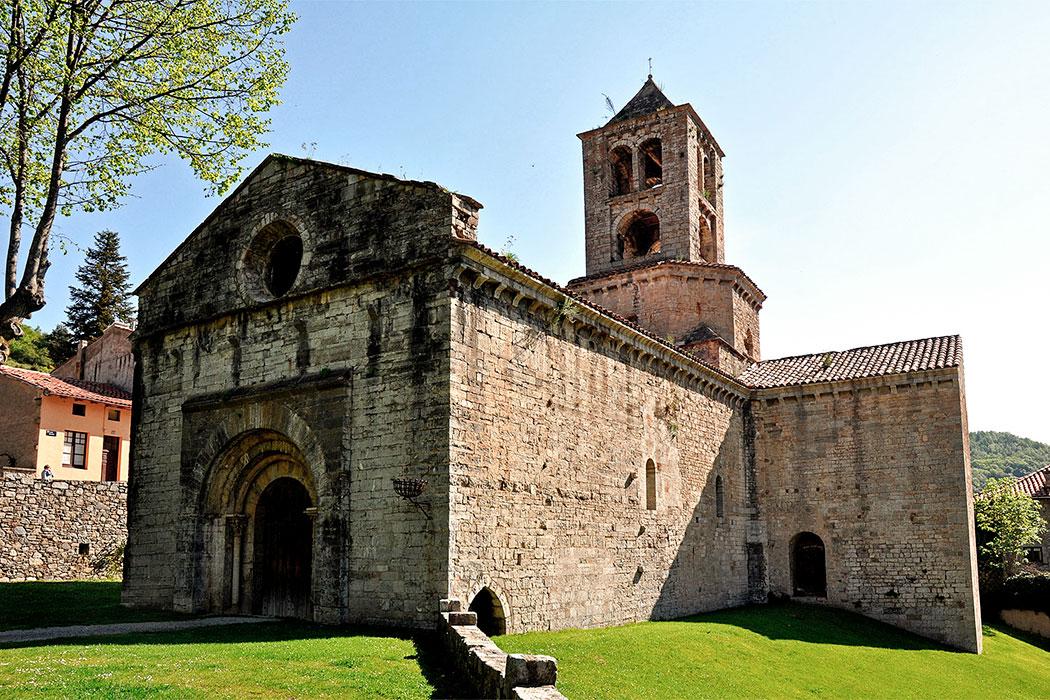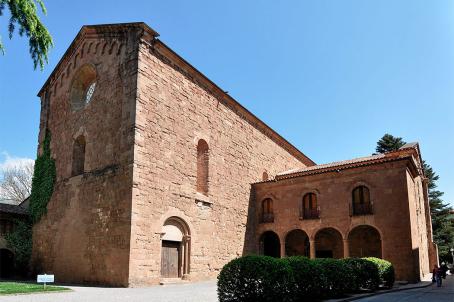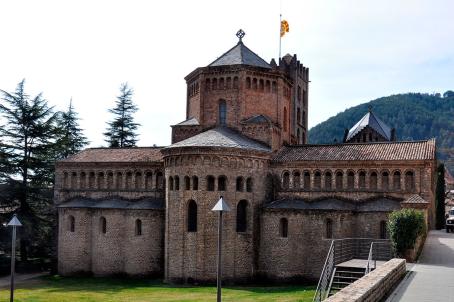Monastery of Sant Pere de Camprodon

The origin of this monastery is to be found in an old church dedicated to Saint Peter which had been consecrated in November 904, when it was endowed with various rights and properties. In the mid-10th century, Count Guifré II of Besalú decided to found a monastery on the site of that church, which he had previously taken possession of. The church is the only part of the former Benedictine complex that has been preserved. It was restored in the early 20th century and reconsecrated in 1933.





